The Ultimate Guide to Preventing and Removing Mould in Your Home
Published on May 23, 2017 | Updated - Jun 2, 2023
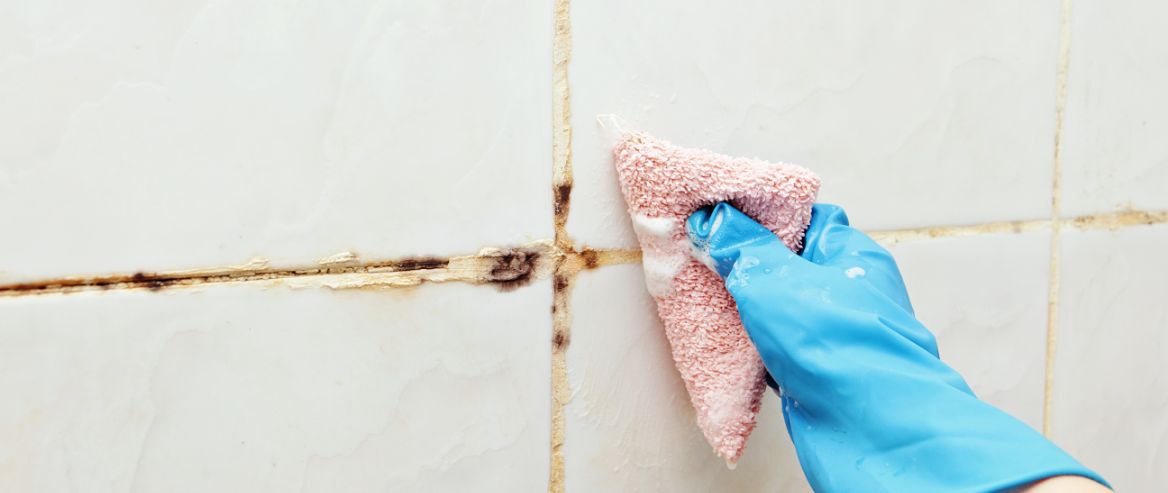
Mould is one of the toughest things to clean in your home. It’s ugly, unhealthy and can return time and time again, no matter how often you clean it.
It’s crucial to arm yourself with as much information about black mould as possible as prolonged exposure to it can be detrimental to your health.
This article contains everything you ever wanted to know about mould, including how you can prevent it in the first place and when professional mould cleaning is needed.
Here is what we’ll be covering:
The 5 Most Common Types of Mould Found in Your Home

While black mould is common, you may encounter different types of this fungus in your home and garden. Here are some of the different mould types.
- Sooty Mould – This is a fungal disease that covers plant leaves and stems in a sticky substance. According to Yates, Sooty Mould is a secondary disease caused by sap-sucking insects that excrete a clear sticky residue. You’ll find this type of mould in your garden and a variety of products from your local Bunnings can help take control of it.
- Pink Mould – Interestingly, pink mould is a bacterium, not a fungus-like most mould. Like common mould, pink mould (also known as Serratia Marcescens) thrives in warm and moist environments and can still affect your health. Pink mould feeds on fatty materials found in personal hygiene products.
- Green Mould – Green mould is a type of fungus, which can include hundreds of types of species at different stages of growth. It can grow on a range of foods as well as in the wet areas of the home.
- White Mould - White mould has a very similar texture to mushrooms and looks like a thin layer of silk on surfaces that have been left damp for at least a couple of days. You may see this mould appear fluffy at first, branching out to further absorb nutrients and produce spores.
- Slime Mould – Slime mould grows on lawns and low-growing plants, looking slimy or sometimes frothy in appearance.
Western Australia’s Department of Primary Industries advises that slime moulds will disappear when hot or dry weather returns but can simply be brushed or hosed off.
5 Most Common Mould Hiding Places in Your Home
To grow, mould needs moisture, still air, warmth and an absence of UV light, as well as a food source. It thrives in warm, moist environments, such as your bathroom or laundry.
You can only see mould after it has been there long enough to grow and is big enough to be seen by the naked eye. Once you have visible mould in your home, unfortunately, there will be more that you cannot see.
While there are the usual suspects, like finding mould in bathroom areas, chances are if it is an area that gets wet and/or is poorly ventilated, it’s prone to mould.
It can be hard to discover where mould may be hiding but if there is moisture, there is likely mould. We explain why and where below.

Hiding Place #1 - Shower and bath
The mould definition most people think of when they hear the word ‘mould’ is seeing it lurking in their bathrooms. Poor ventilation combined with moisture from your shower, bath or vanity creates the perfect storm for mould spores to spurt their noxiousness into the air. Those lengthy, steamy showers create condensation – without proper ventilation, that’s an open invitation for mould to come into your home.
For mould to thrive, it needs both moisture and an environment where the relative humidity is regularly above 60% - that’s why mould is so common in this area.
Hiding Place #2 - Floor tiles
This problem is generally caused when you use too much water to clean your floors. Porous grout soaks up the excess water, creating a moist environment for mould and bacteria to flourish.
Hiding Place #3 - The kitchen sink
If there are leaky pipes underneath, filthy sponges or pieces of cloth regularly left in the sink, or dirty dishes piled up, the kitchen sink can be prone to mould.
Hiding Place #4 - Ceiling corners and cupboards
A mould on the ceiling problem is usually caused by insufficient insulation or rain that has snuck through the roof. Combine that with darkness and restricted ventilation and you’ve got the recipe for mould! Cleaning mould off ceiling sections can be difficult but achievable by utilising our mould treatment options at the bottom of this article.
Hiding Place #5 - The garage
Whether it’s water leaks or rain from your car, your garage is susceptible to mould. It is generally damp in your garage with little ventilation and often an area where water may be standing for long periods of time. Mould can also get hidden by storage boxes, old tools, or machinery.
Is mould bad for your health?

Sure, it looks ugly and can cause damage to your home, but it has detrimental effects on your health, too.
So what are the mould health risks?
If you have mould in your home, then it is likely to be contributing to black mould symptoms such as respiratory problems, infections, asthma and allergies.
As it grows, mould releases microscopic spores into the air, which can then be inhaled by you and your family. These spores sit in our respiratory tract and lungs and may prompt all types of reactions.
The Victorian Health Department has advised that there are people who may be prone to more severe health repercussions including those with:
- Weakened immune system.
- Allergies
- Severe asthma
- Chronic, obstructive, or allergic lung diseases.
We recommend liaising with your healthcare professional if you have any of the above conditions and are worried that mould symptoms may be affecting your health.
Other studies, including those cited by Asthma Australia have also shown that children who are continually exposed to mould poisoning symptoms are more likely to develop asthma.
Effective Methods to Prevent Mould Growth in Your Home

Mould needs moisture to grow, or an environment where the relative humidity is constantly above 60%.
Knowing how to prevent mould is always better than the costs and headaches of treatment. Our recommendation is to remove or minimise how much moisture is in your home, especially if you are dealing with a mould rental property issue.
- To keep mould out of your grout lines, use minimal water when cleaning your tiles. Your floors should be dry a minute or two after you mop them – we recommend a spray mop.
- Use a towel to regularly dry the condensation you find on the walls and windows.
- Turn on an exhaust fan or open a window when cooking.
- Try to use waterproof or mould-resistant paint for the walls in your garage. Anti-mould paint is a great option for the bathroom as well.
- Minimise moisture. When you finish your bath or shower, leave the exhaust fan running for 15 minutes or so. This gives it enough time to properly clear the steam from the room. Less condensation equals less moisture, giving bathroom mould grout less chance to grow.
- Ventilate. Letting fresh air circulate throughout your home will do wonders for preventing mould from spreading. Fresh air reduces humidity in your home, which is one of the key elements that mould needs to grow.
- Use DampRid. In areas such as closets, mould growth can occur due to the lack of ventilation. We recommend purchasing a container of Damp-Rid or two. At just $7 each, they’re an affordable way to keep humidity levels in check.
- Try a dehumidifier. Dehumidifiers usually cost between $300 and $1000. So, while a little costly at the outset, a dehumidifier for mould could mean you avoid having to pay for mould treatment in the future. A dehumidifier works to continually reduce relative humidity – this is important because the higher your relative humidity levels, the higher the chance of mould growth.
- Treat mould as soon as you see it. We offer some great options towards the end of this blog.
How to Prevent Mould Growth During Winter
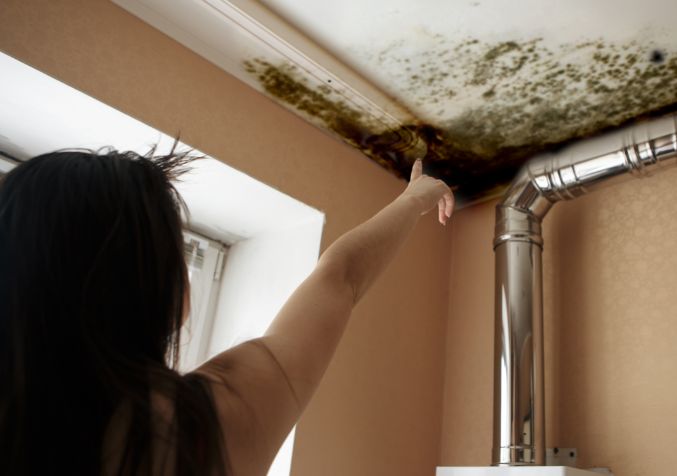
Mould is known for getting worse in winter. But why is that?
Many of our winter activities cause condensation and keep it trapped in our home, creating the perfect conditions for mould to thrive. Things like hot showers, running the dryer regularly and keeping windows and doors closed often.
If you want to know how to prevent mould on ceiling areas during winter, following the below tips will certainly help.
Here are a few things you can do.
- You should always run an exhaust fan while having a shower or bath. Keep it running for a little longer after you leave the bathroom, as moisture lingers afterwards.
- Run an exhaust fan or open windows while cooking as well - as delicious as dinner smells, the moisture created from cooking can contribute to mould growth.
- Open windows when you can. UV light from any sunshine outside is what kills mould. A little fresh air will help to dry out moisture as well.
- Avoid using the dryer too often or drying clothes on portable hangers inside.
How To Get Rid of Mould
As mould treatment experts, we know how to remove these infestations, especially bathroom mould. While some infestations require professional intervention, there are several things to do to aid you in getting rid of mould.
Use a baking soda and water paste on your grout lines, let it sit for half an hour, and scrub away. Baking soda will remove some of the moisture that encourages mould growth but doesn’t penetrate deeply enough to be highly effective. That’s where vinegar comes in.
A 1:1 mix of vinegar will work well on mould; however, we recommend it only be used on sealed grout lines. Avoid getting the mixture on the tiles themselves if they are natural stones, as vinegar’s acidity can etch over time.
Here is a mould spray we recommend for smaller mould infestations in your home on walls.
Natural Mould Spray Recipe
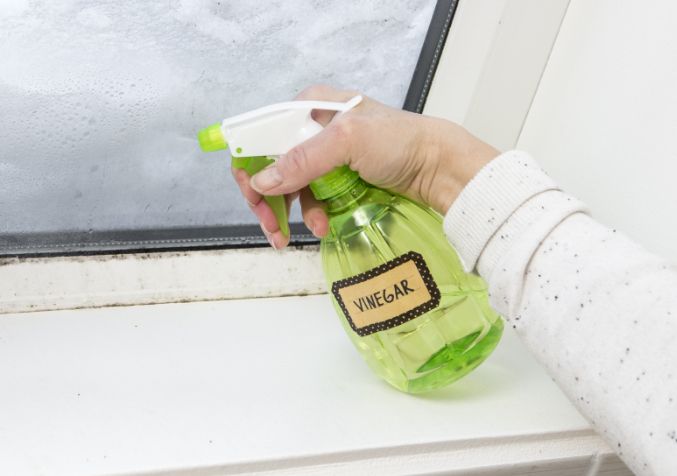
Mix a 1:1 mix of white vinegar and water in a spray bottle, generously apply the mould spray onto the mould, soak for 20 minutes, rinse and wipe down thoroughly. We recommend this process be repeated the following day for effective mould treatment.
Sugar soap will do a great job of treating any remaining marks.
The vinegar mould combination works well here because vinegar has antifungal and antibacterial properties that treat almost all types of mould. Importantly, it’s better for the environment, your family and a cost-effective option.
How to Remove Mould from Fabric

Vinegar is a great option for removing mould from your fabrics without harmful bleach. All you need to do is create a diluted mould spray and mist on the affected area. Just make sure that you rinse off afterwards.
Knowing how to remove mould from fabric such as upholstery is a tricky business because it can be hard to know how deep into the fabric the mould has spread. Your best bet is to give Electrodry a call on 13 27 13. After providing mould cleaning Australia-wide for decades, Electrodry technicians can use specialised equipment and products to thoroughly treat all kinds of lounges. We also have the knowledge on how to clean mould off leather.
If you want to remove mould from clothes, put a cup of white vinegar into your next washing machine cycle.
Mould Removal Facts You Need to Know
How does vinegar kill mould?
The simplest option for cleaning mould is white vinegar. Vinegar is a mild acid, and it is actually effective to kill mould without bleach.
Dr Heike Neumeister-Kemp, CEO and Principal Mycologist at Mycolab, Australia’s laboratory for Environmental Mycology (mould and fungi), said using vinegar for mould is so effective because it gets to the source.
"The vinegar attacks the fungi mechanically, so it actually, via osmosis, penetrates into the structure and explodes it, so you actually kill the fungi."
Vinegar works really well because it typically comprises about 5% acidity, making it a great cleaning acid with disinfecting and antibacterial properties.
It's a smart idea to get onto mould as soon as you see it occur, as the problem can spread if not tackled early.
Knowing how to get rid of black mould naturally means you have some safer alternatives when treating mould. We recommend tea tree oil as well because it has antimicrobial properties, making it an excellent natural mould killer.
If you want to clean mould with vinegar, ensure you don’t use it frequently on natural materials like marble, as its acidity can etch the surface.
Does bleach kill mould?
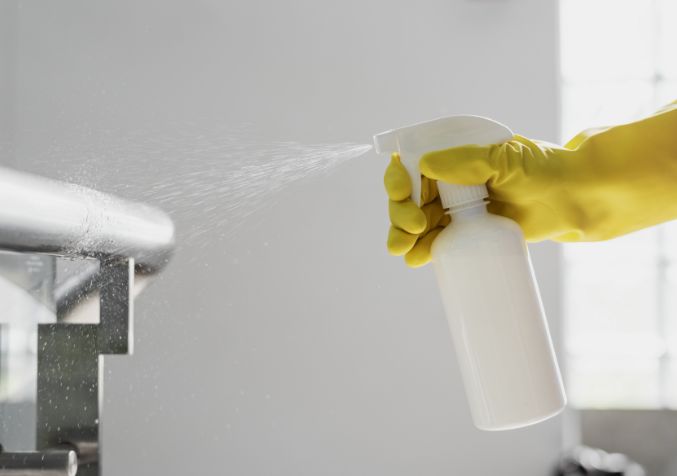
Even though it’s the key ingredient in many mould cleaning products, bleach isn’t how to remove mould. It doesn’t work and could be doing more harm than good. In fact, Consumer website Choice awarded Exit Mould a ‘Shonky’ in 2012 for falsely claiming it can remove mould from your home.
Here’s why bleach isn’t what it’s made out to be.
Bleach doesn't address the mould source
For generations, bleach has been the standard for cleaning mould. While the mould might look like it’s been removed, all you’ve done is take the colour out of the fuzzy stuff on top.
The mould membrane underneath is still alive and strong, spurting out mould spores, but now it can’t be seen. The mould will likely appear on the surface again very quickly!
The mould must be treated properly but you also need to identify the reason the mould has occurred in the first place.
Bleach can cause structural damage
Bleach on mould can cause structural damage to your home, slowly wearing down the protective coating of the materials you’re using it on. This is concerning if you’re using it on your grout lines – it can make your grout become more porous and even more susceptible to mould.
It can damage your health
It has health repercussions too. A strong solution can irritate the mouth lungs and skin, and in strong enough concentrations, it can actually burn human tissue (internally and externally).
Does oil of clove kill mould?
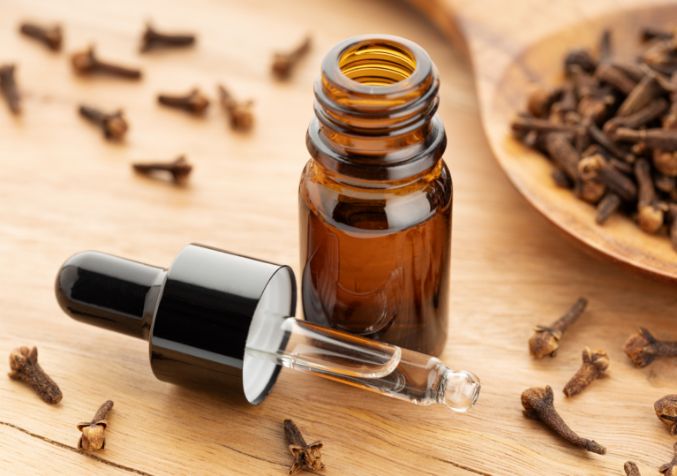
Some of our research suggests that clove oil is an excellent way to get rid of mould.
It's important to follow the safety instructions when using oil of cloves for mould.
A clove oil mould busting method works because of its anti-bacterial and anti-fungal properties. You only need a small amount (3 drops) to around a litre of water to treat mould, but you’ll need to leave it overnight.
It’s important to note that oil of cloves will work on hard surfaces but won’t be effective on fabrics.
Here’s how to remove mould from fabric.
What do I do if the mould keeps returning?
A leak may be the reason behind a concentrated section of the mould. You’ll need to get in touch with a builder to discuss and rectify this issue.
Your Electrodry mould cleaning technician can provide general advice, but you will need to consult a tradesperson, such as a plumber, roofer or building inspector. If you’ve discovered mould that keeps returning despite your cleaning efforts, there may be a leak on the premises. Unfortunately, your mould is going to keep returning until that leak is resolved.
How do professionals treat mould?
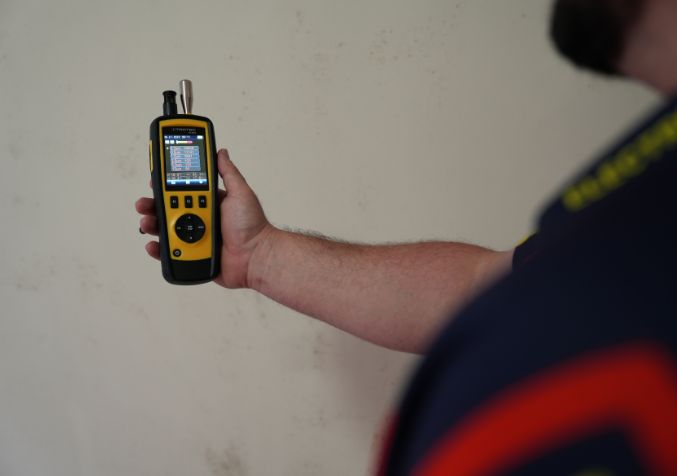
Black mould removal can be difficult, particularly when it’s a more severe infestation.
Our technicians know how to clean mould because they’ve undergone accredited training and utilise specialised equipment to measure the moisture in the environment. They can also ascertain where the mould is growing behind your walls for more effective treatment.
A professional mould remediator will also treat the airborne mould spores that mould emits, which can make you unwell when inhaled.
This service is also approved by insurers, all of our technicians are qualified in mould remediation and the service itself will take just one day.
Electrodry Mould Cleaning effectively treats mould without the need for re-painting and is guaranteed to keep the mould at bay for at least 12 months (warranty conditions apply).
For the best mould remover Australia-wide, contact the Electrodry team on 13 27 13, visit our website to learn more about our mould cleaning services, or book online.